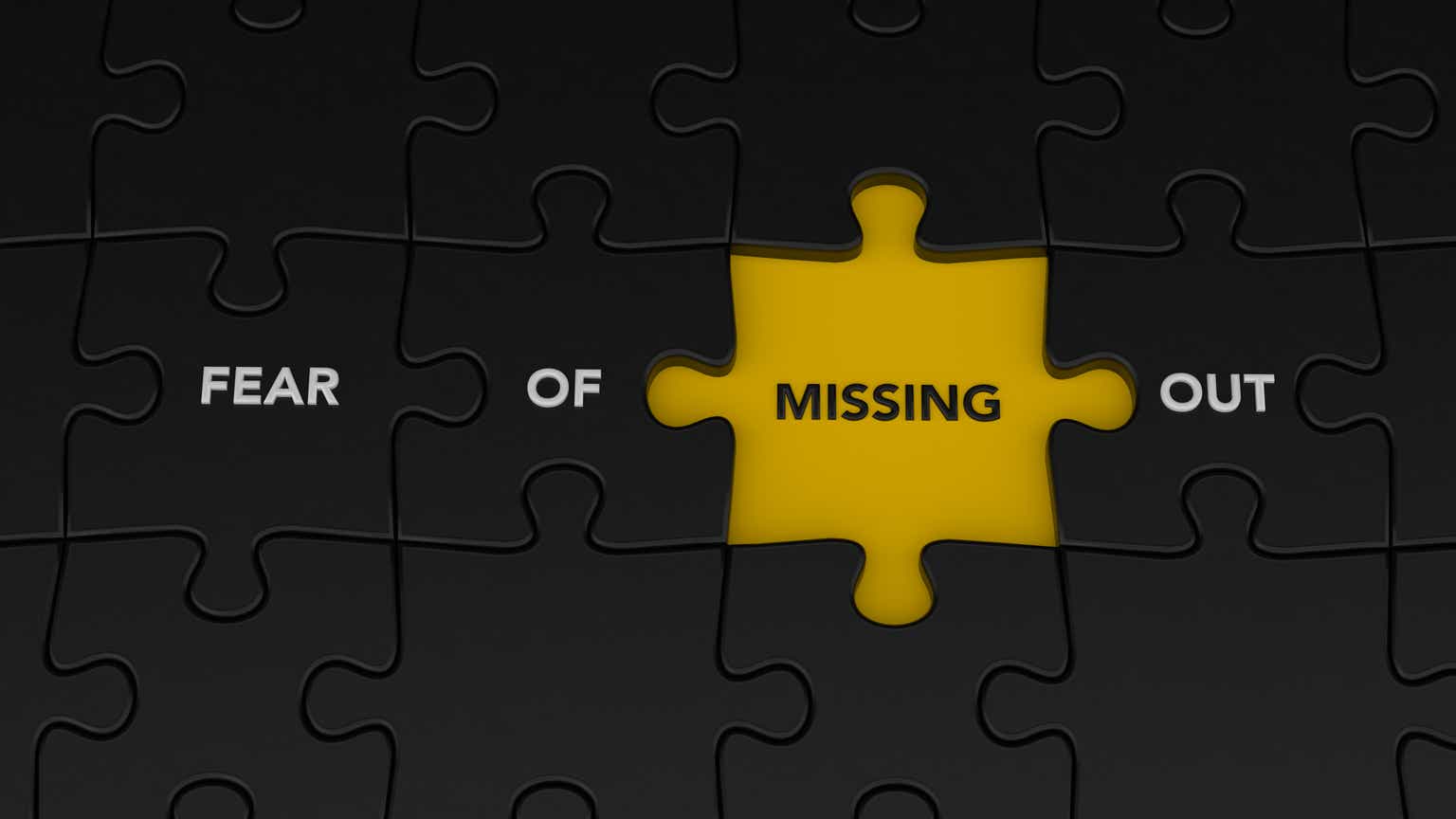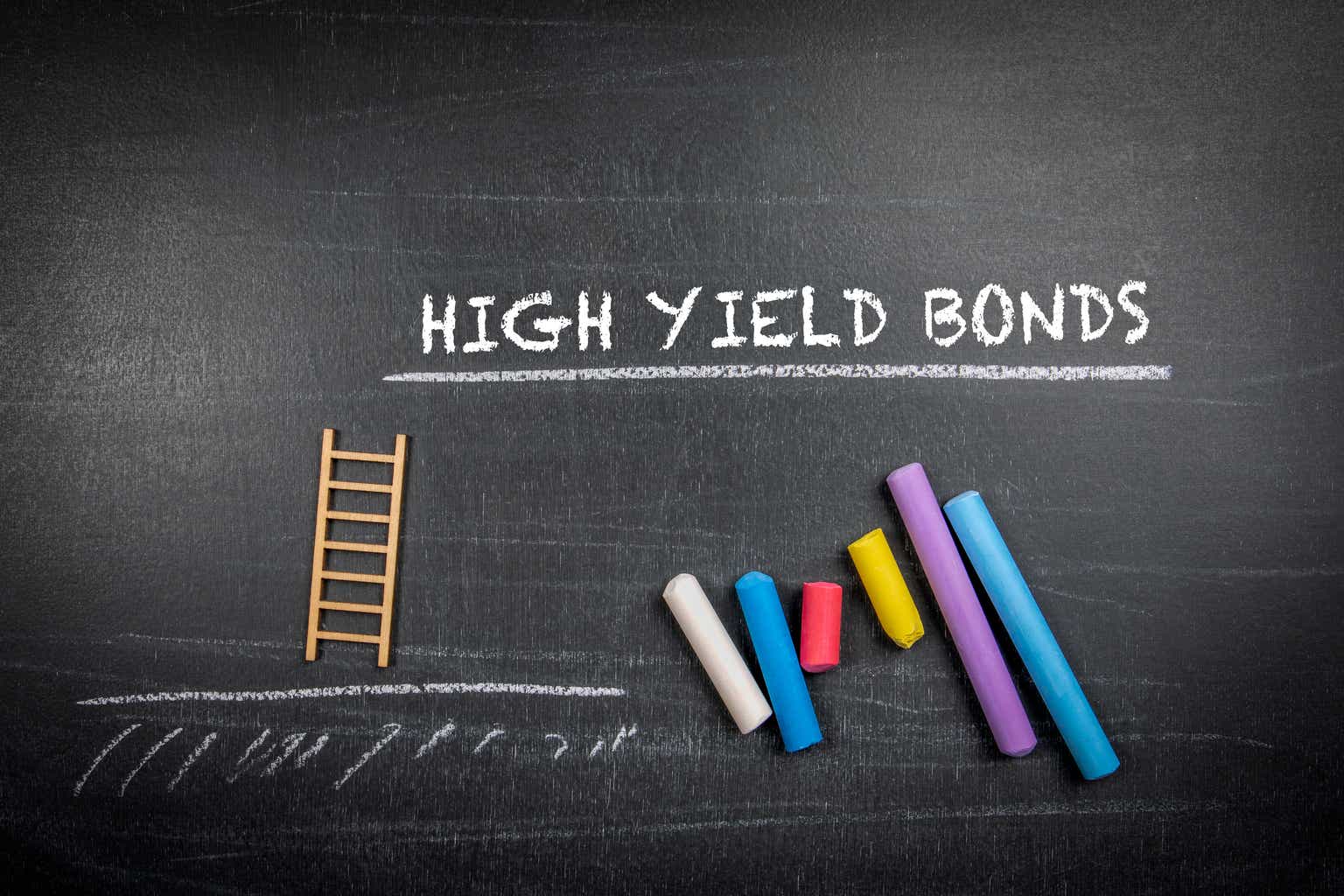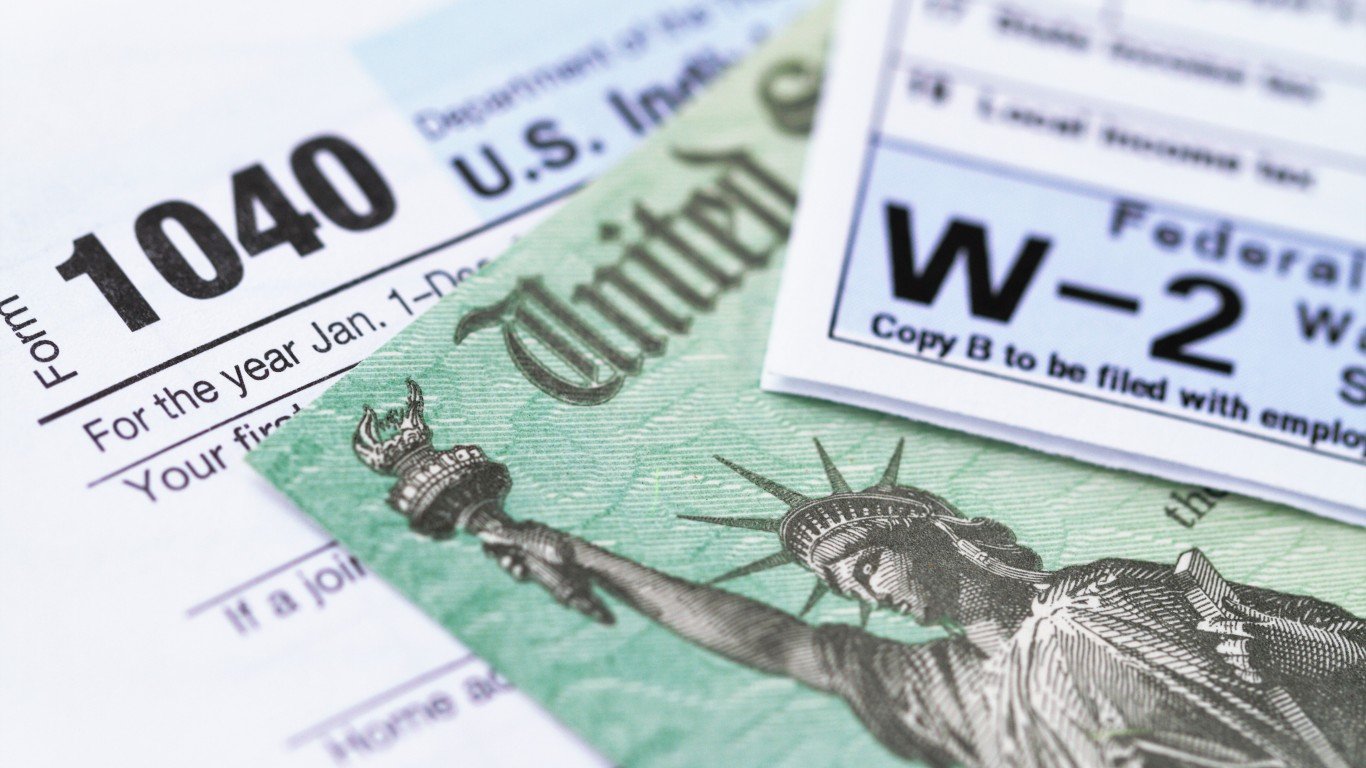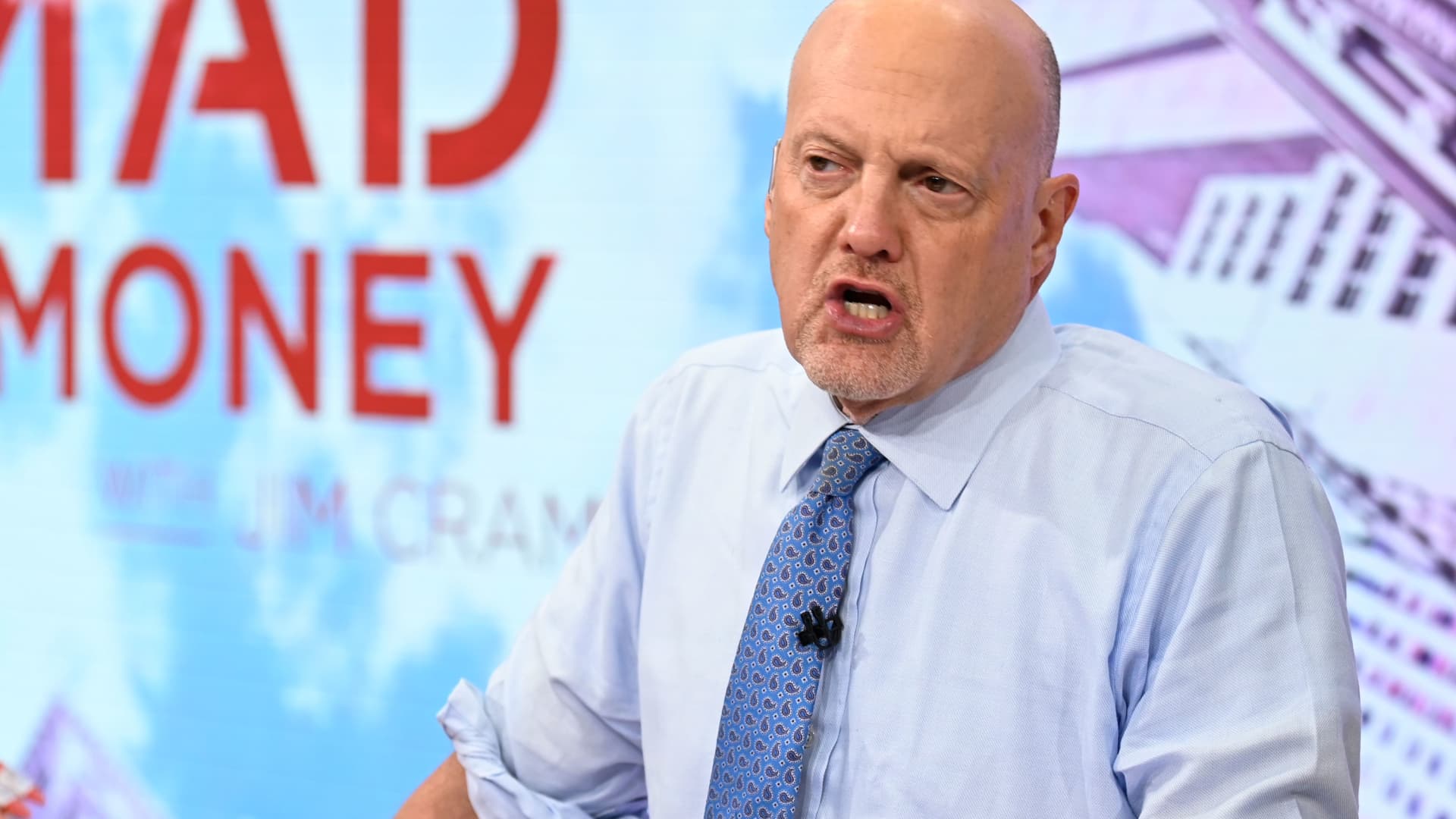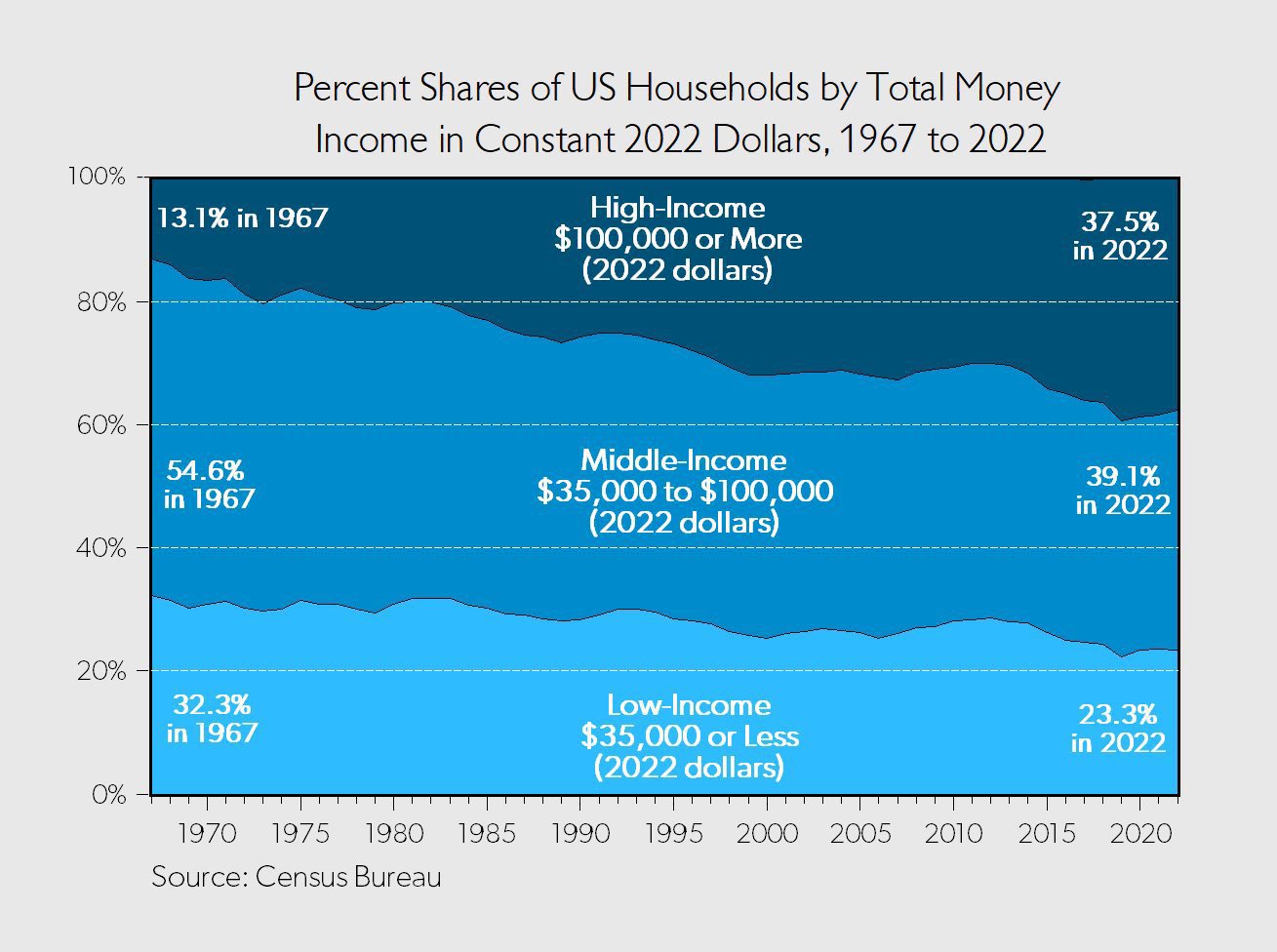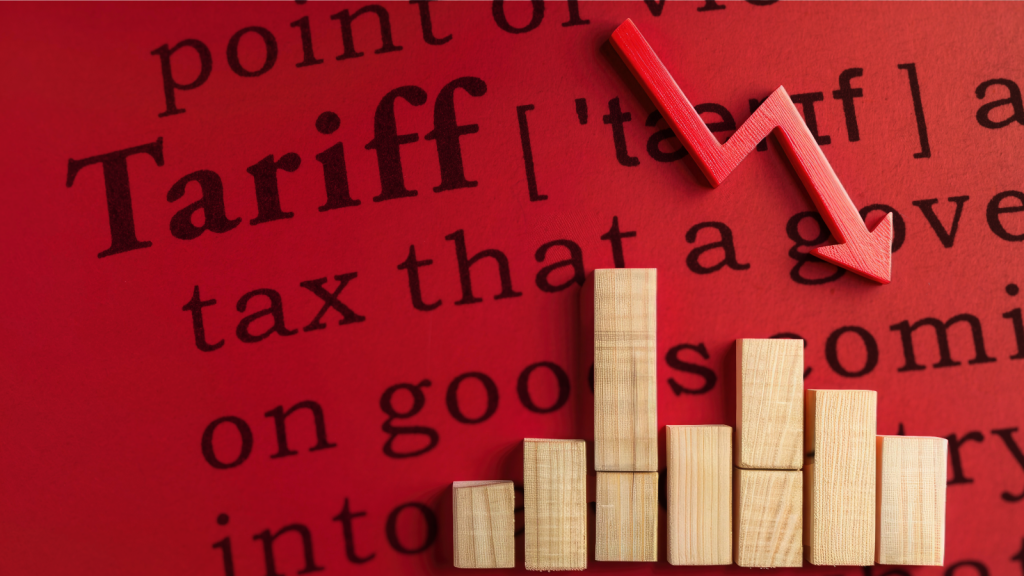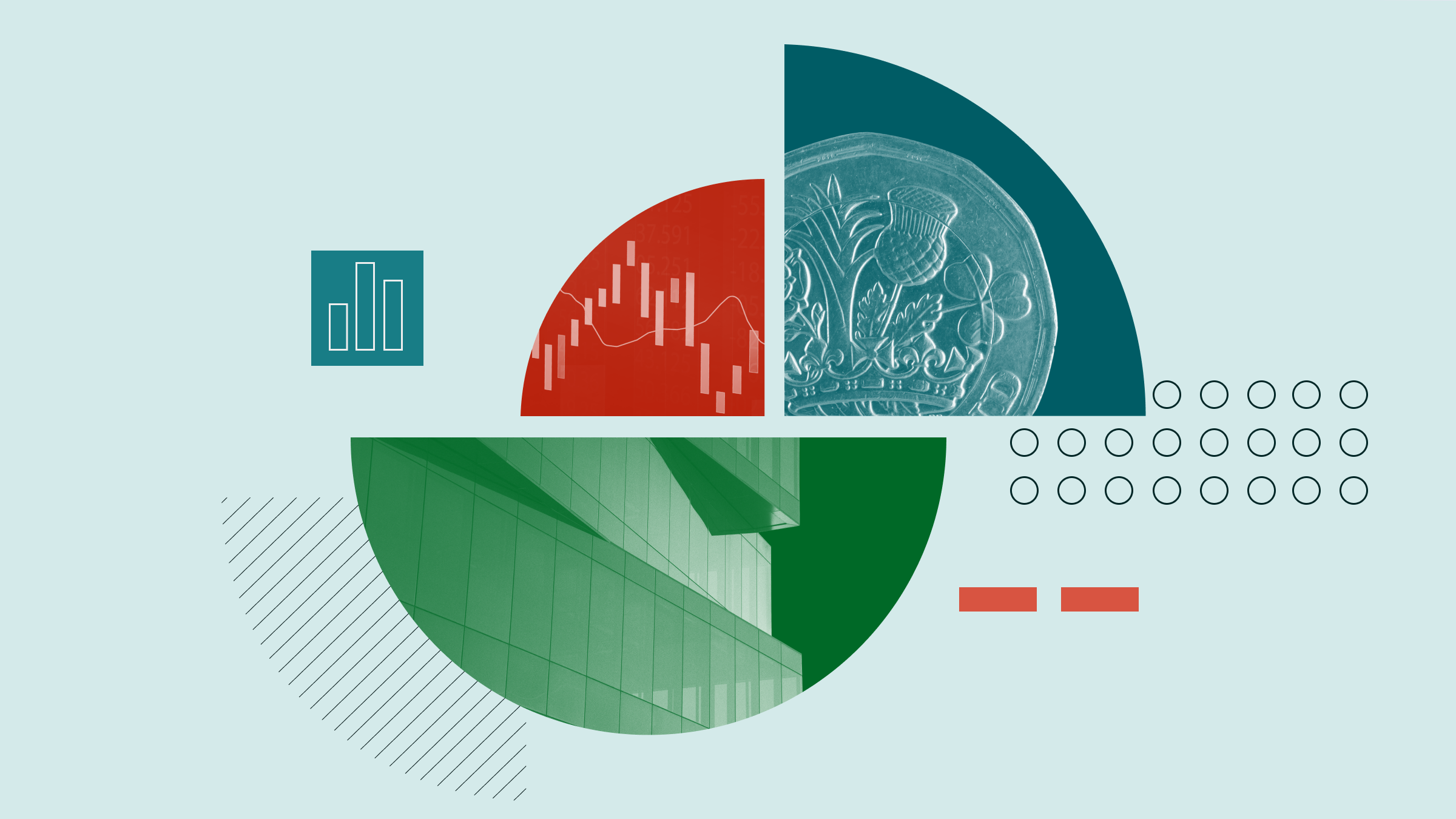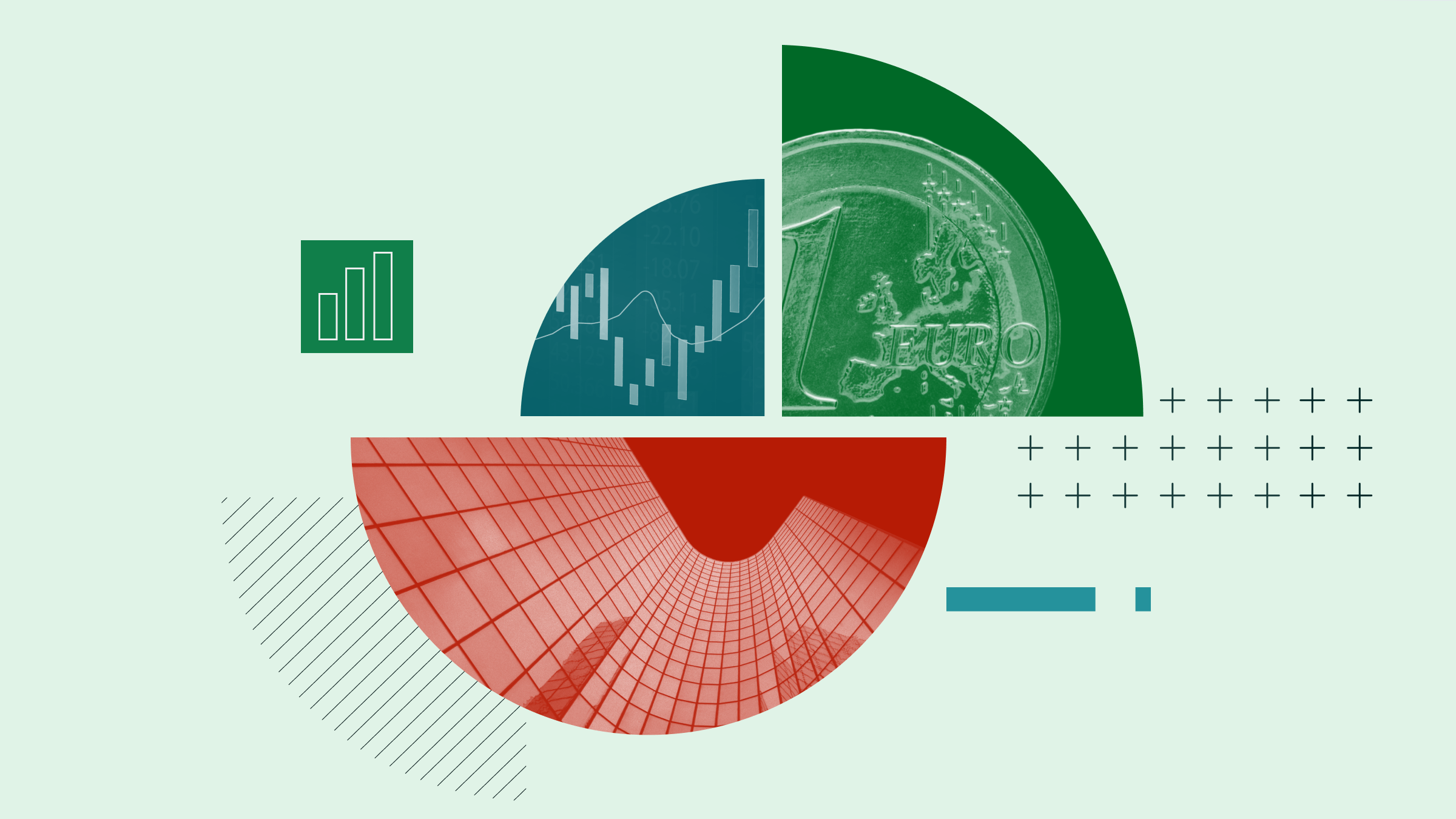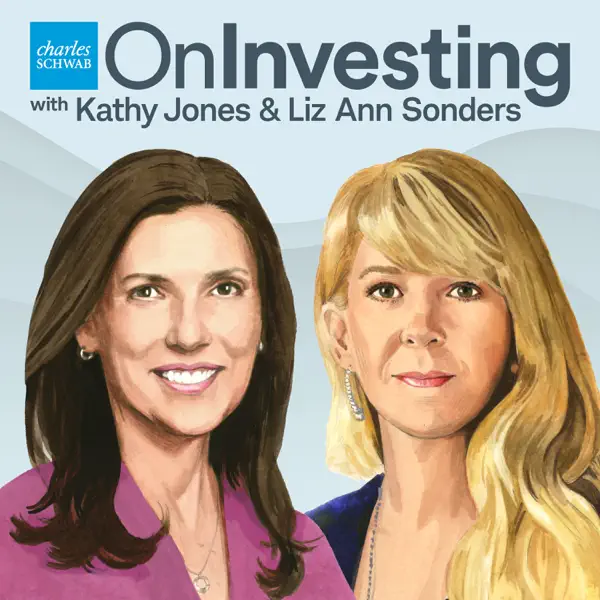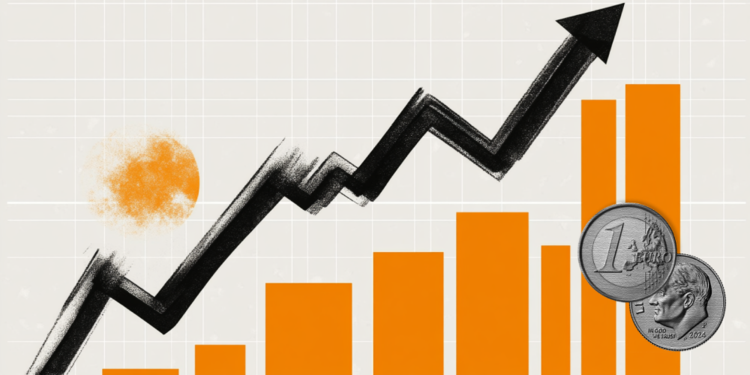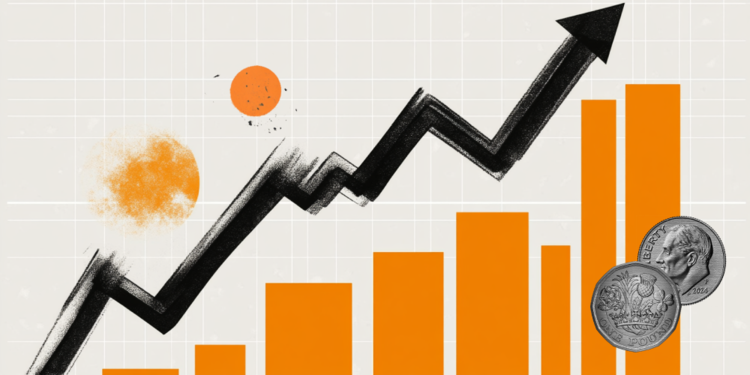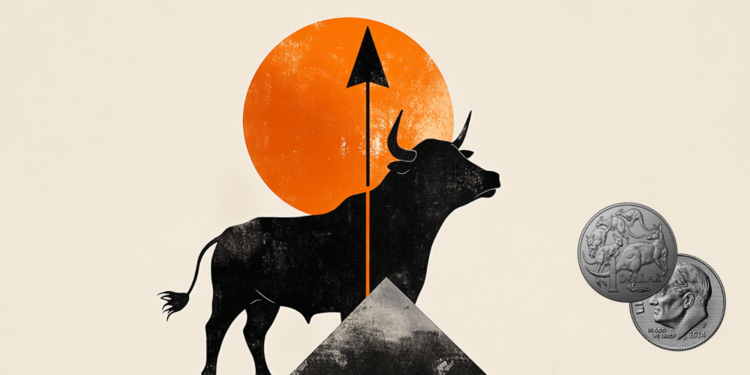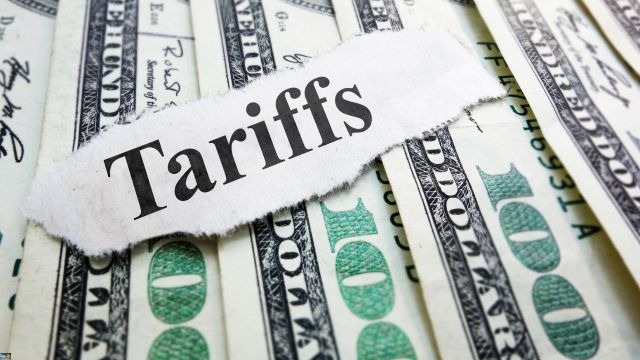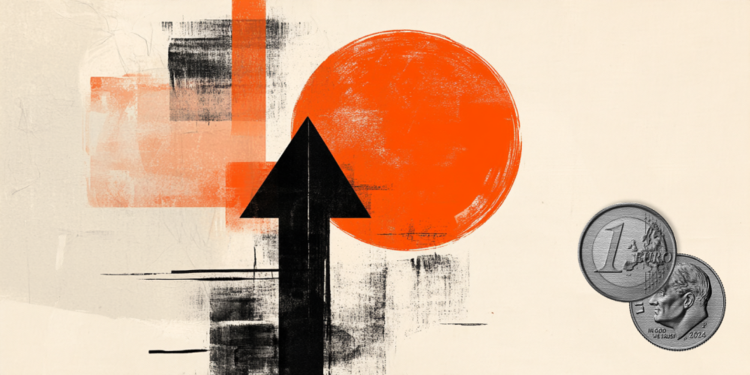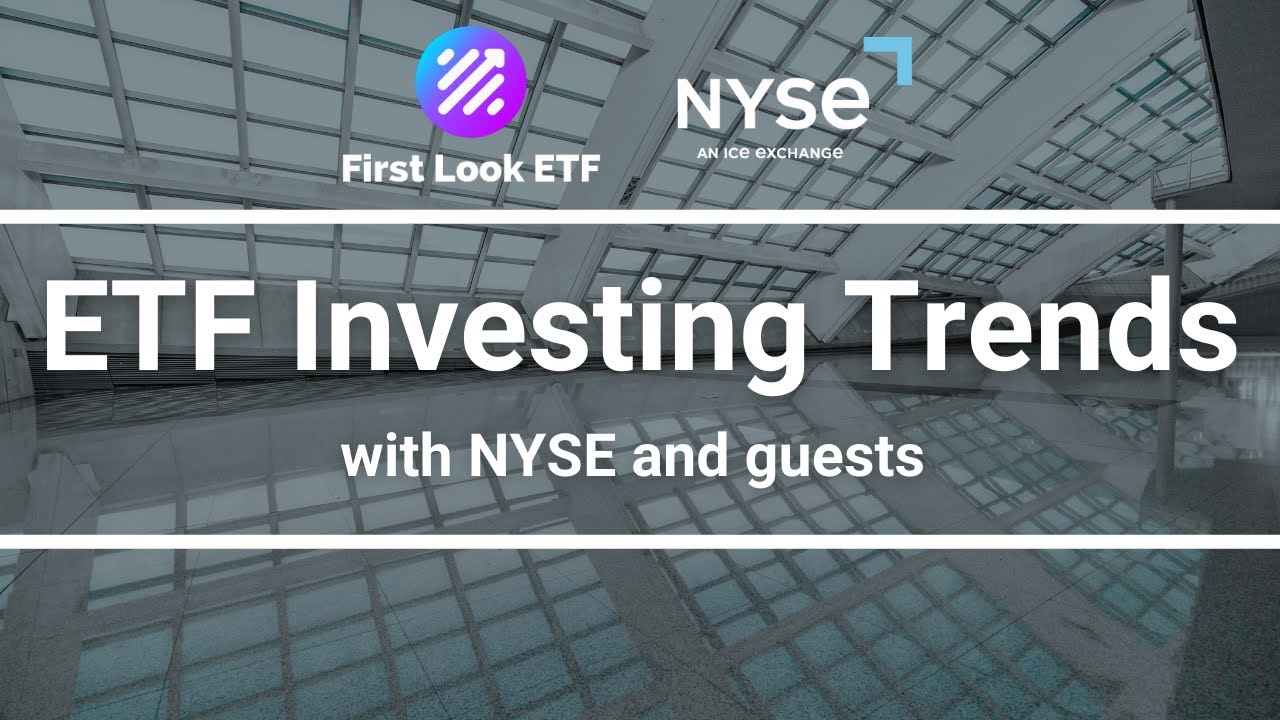Baby Boomers: How to Figure Out What Percentage of Your Portfolio Should Be in Bonds
For Baby Boomers who are either retired or are close to being, finding the right asset allocation is key to continuing to build one’s nest egg without having to lose sleep at night. With the stock market reversing course on auto tariff fears on Wednesday’s session, it’s clear that we’re not yet out of the […] The post Baby Boomers: How to Figure Out What Percentage of Your Portfolio Should Be in Bonds appeared first on 24/7 Wall St..
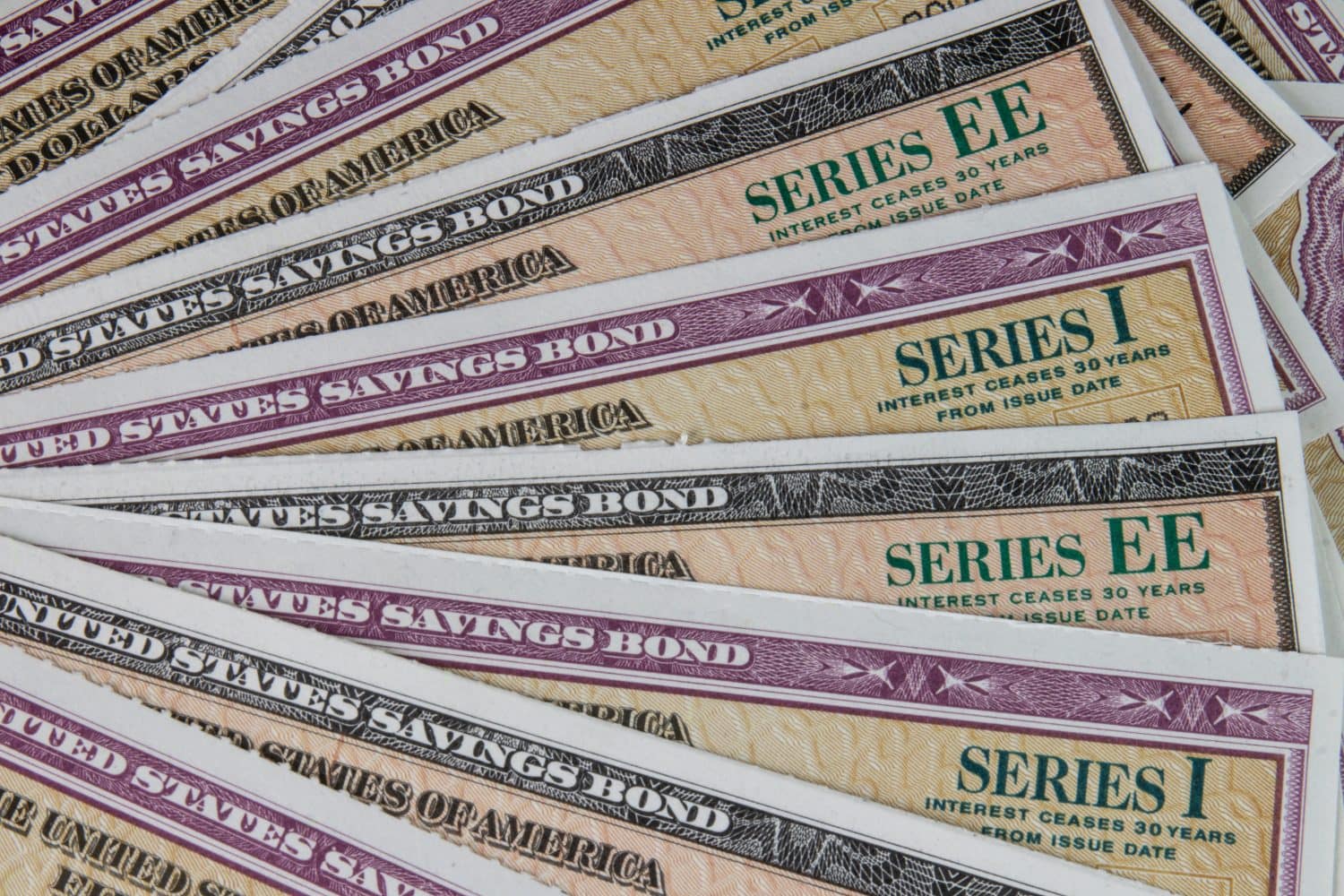
For Baby Boomers who are either retired or are close to being, finding the right asset allocation is key to continuing to build one’s nest egg without having to lose sleep at night. With the stock market reversing course on auto tariff fears on Wednesday’s session, it’s clear that we’re not yet out of the woods as the market relief rally faces its first big test.
Undoubtedly, if the words of one person can cause such considerable day-to-day volatility in stocks, seeking shelter in bonds isn’t the worst idea in the world, especially for Boomers who already have a nest egg that’s large enough to sustain them for the rest of their lives. Indeed, for such Boomers, safety and comfort provided by bonds and bond funds may be more attractive than any potential lifestyle upgrades that growth in stocks could provide.
Key Points
-
Baby Boomers should be heavier in bonds as they enter their golden years. But there’s more than one way to find the right asset allocation.
-
Boomers should understand their goals and the strength of their stomachs before making moves to fit a desired asset allocation.
-
Are you ahead, or behind on retirement? SmartAsset’s free tool can match you with a financial advisor in minutes to help you answer that today. Each advisor has been carefully vetted, and must act in your best interests. Don’t waste another minute; get started by clicking here here.(Sponsor)
Understand your goals before pinpointing the right bond allocation.
Of course, just because Baby Boomers should have a beefier position in fixed-income debt securities relative to their Millennial children doesn’t mean they shouldn’t ride out the stock market rollercoaster ride, especially if one has ambitions grander than a comfortable retirement. For many, it means building enough wealth to leave behind a fat inheritance. To others, maybe it’s more about giving back and having enough capital to start a philanthropic fund.
Either way, it’s vital for Boomers to understand their own goals, risk tolerance, and all the sort before ditching stocks for bonds in this environment. Sure, you can go by some common rule of thumb that suggests you should own “your age” worth of bonds in your portfolio. However, like with most rules of thumb, it’s not going to be every Boomer’s cup of tea.
Also, there are other, more aggressive rules of thumb, like “the rule of 120,” which suggests subtracting your age from 120 to get your equity allocation. For instance, a 60-year-old would seek to be 60% in stocks, leaving the remaining 40% to be invested in bonds. That’s a run-of-the-mill 60/40 portfolio for you, a common asset allocation many Boomers may stand by.
Just because an asset allocation is right for many 60-year-olds doesn’t mean it’s right for all 60-year-olds. Either way, I’m personally not a big fan of rules of thumb — whether it be the “your age” in bonds rule or “rule of 120” — because there’s more than just your age that goes into determining your perfect asset allocation. Without a more nuanced perspective, an optimal allocation to bonds, stocks, or other assets may be tougher to find.
Rules of thumb aren’t a good fit for all!
Perhaps a 60-year-old who expects to live to 100 will want a bit more growth from stocks, while an easily rattled 50-year-old with a willingness to forego future growth may find more peace of mind in less choppy assets. At the end of the day, personal finance is deeply personal, making personalized advice and nuance more valuable than explanations behind some rule of thumb.
If you’re not sure of your long-term goals and your ability to tolerate risks in a stock market that’s clouded by tariff uncertainty, reaching out to a wealth planner or financial advisor could be a smart idea.
Alternative assets beyond bonds could be worth checking out.
Stocks and bonds aren’t the only asset classes out there to build wealth and keep one’s head above the inflation waters. Alternative assets, like real estate and gold, could make sense as a part of a diversified portfolio. Whether you’re looking for passive income with a more tangible asset or if you seek a time-tested store of wealth that can act as a hedge against inflation, macro headwinds, and various black swans, such alternative assets may deserve a small percentage of your portfolio.
Of course, real estate and gold, while seen as safer than stocks, are definitely not free from risk. In any case, I do think they’re worth bringing up with a financial advisor if you’re looking to explore options that go above and beyond the traditional stock-and-bond portfolio.
Gold, in particular, has been hot of late, recently eclipsing $3,000 per ounce. With Bank of America (NYSE:BAC) calling for gold to rise above $3,500 on the back of central bank moves and Chinese buying, perhaps gold could be a way to lower one’s correlation to equities without having to compromise considerably on the front of returns.
The post Baby Boomers: How to Figure Out What Percentage of Your Portfolio Should Be in Bonds appeared first on 24/7 Wall St..

































